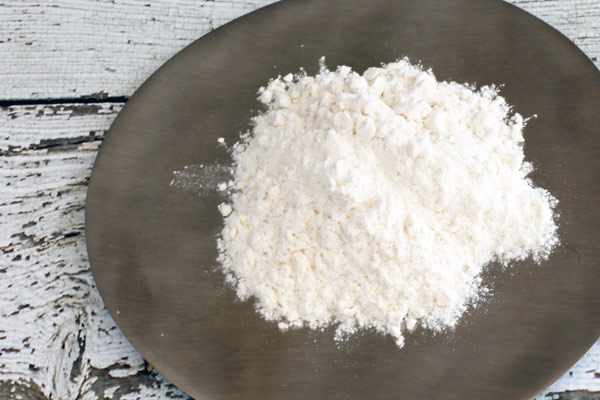Flour Types and How to Substitute
by Diana Rattray, June 30, 2017


General Flour Facts
- Bread Flour is higher in protein.
- Cake and pastry flours are low in protein.
- Cake flour is softer than pastry flour.
- All-purpose flour is milled from a combination of hard and soft flours.
- Flours from the southern US are softer than those from the northern US and Canada.
- Flours can vary in their ability to absorb moisture by as much as 20%.
- Hard flour absorbs more water than soft flour.
- Since flour absorbs moisture from the air, it might be necessary to add less liquid on humid days.
- Store flour in an airtight container to keep it from absorbing moisture.
- Self-rising flours are generally milled from softer wheat.
Flour Substitutions
- Substitute all-purpose for self-rising flour: Add 1 teaspoon of baking powder and 1/4 teaspoon of salt to each cup of all-purpose flour.
- Substitute self-rising for all-purpose flour: Decrease baking powder by 1 teaspoon for each cup of flour, and decrease the salt by 1/4 teaspoon for each cup.
- Substitute all-purpose for bread flour: Add 1 tablespoon more all-purpose flour for each 1 cup of bread flour called for in a recipe.
- Substitute bread flour for all-purpose: Decrease bread flour by 1 tablespoon for each 1 cup of all-purpose flour called for in a recipe.
- Substitute all-purpose for cake or pastry flour: Decrease all-purpose flour by 1 tablespoon for each 1 cup of cake of pastry flour called for in a recipe.
- Substitute cake or pastry flour for all-purpose flour: Increase cake or pastry flour by 1 tablespoon for each 1 cup of all-purpose flour called foor in a recipe.
